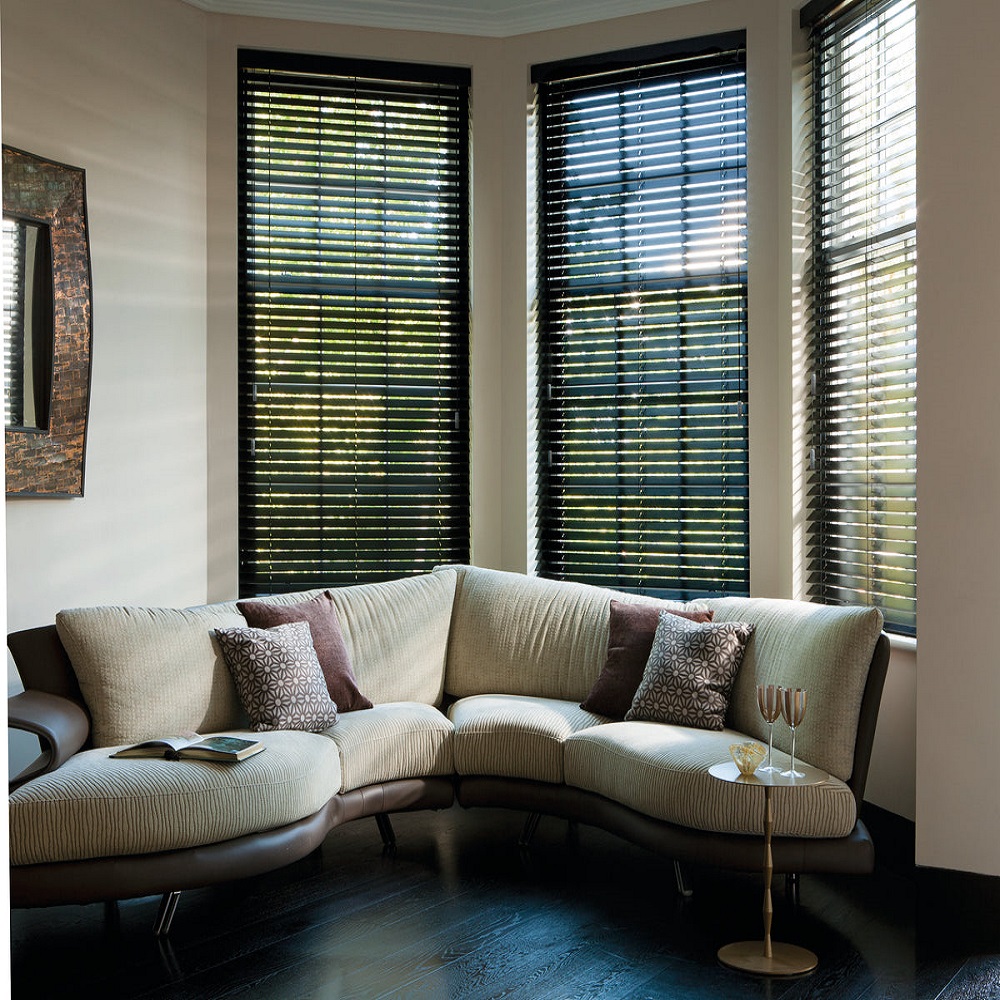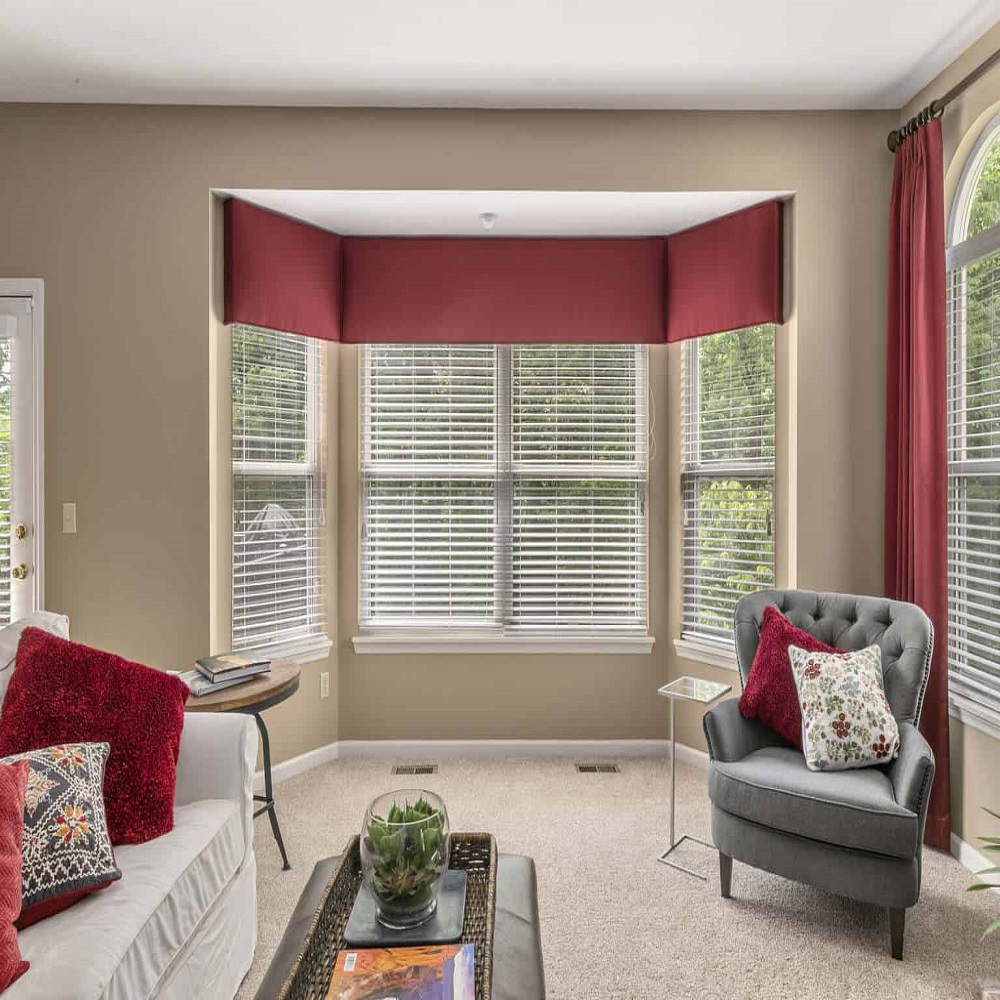Window blinds are essential in maintaining privacy, regulating the amount of natural light entering your home, and enhancing the overall aesthetic of your space. However, closing window blinds properly is crucial not only for their functionality but also for their longevity and effectiveness. In this comprehensive guide, we will share valuable tips and tricks for properly closing your window blinds to ensure you get the best results while also keeping them in optimal condition.
Understanding the Types of Window Blinds
Before diving into the specifics of closing your window blinds, it’s important to understand the different types available. There are several varieties of window blinds, and each requires a slightly different approach to closing them properly.
Venetian Blinds: Horizontal Slats for Light Control
Venetian blinds are one of the most common types of window coverings. They feature horizontal slats that can be tilted at various angles, allowing you to control the amount of light entering the room. When closing Venetian blinds, you want to ensure that the slats are fully aligned for maximum privacy and light control. To do this, use the cord or wand to tilt the slats into a fully closed position, which should create a smooth, uniform surface.

Vertical Blinds: Large Panels for Sliding Doors and Wide Windows
Vertical blinds are typically used for large windows or sliding glass doors. These blinds consist of vertical panels that slide open or closed. Unlike Venetian blinds, you’ll need to pull the blinds across the window to close them completely. While doing so, ensure that the panels are aligned so that no gaps are left, which would compromise privacy or light control.
Roller Blinds: Simple and Effective for Large Windows
Roller blinds are a popular choice for modern homes due to their sleek design and simplicity. When closing roller blinds, ensure that the fabric rolls evenly along the tube, with no bunching or wrinkling. Some roller blinds have side channels to guide the fabric as it rolls down, ensuring a smooth and secure closure.
The Importance of Properly Closing Window Blinds
Closing your window blinds properly does more than just keep the sun out. It also helps maintain the energy efficiency of your home, extends the lifespan of the blinds, and enhances your overall comfort.
Energy Efficiency: Keep the Heat In and Out
Properly closing your blinds can significantly impact your home’s energy consumption. In the winter, closed blinds help trap heat inside, preventing warmth from escaping through the windows. In the summer, they can block direct sunlight, which helps keep your home cooler and reduces the need for air conditioning. By closing your blinds completely, you’re able to improve your home’s insulation, leading to potential savings on energy bills.
Privacy and Security: Ensure Complete Coverage
One of the primary reasons for closing window blinds is to maintain privacy, particularly at night. Improperly closed blinds can leave gaps that allow outsiders to see inside your home, compromising your privacy. Fully closing your blinds ensures that your personal space remains hidden from prying eyes, whether you’re in the living room, bedroom, or office.
Protecting Your Blinds: Preventing Wear and Tear
Blinds that are not properly closed can become worn out more quickly. For instance, when Venetian blinds are left half-closed or partially open, the slats may get twisted, causing strain on the cords and damaging the mechanism. Roller blinds left to hang loosely or unevenly can develop creases or tears. By consistently closing your blinds the right way, you can help extend their lifespan and maintain their functionality for years.
Step-by-Step Guide: How to Close Your Window Blinds Properly
Although the process of closing window blinds may seem straightforward, doing it correctly ensures that your blinds stay in top condition and serve their purpose effectively. Below is a step-by-step guide for closing various types of blinds.
1. Check the Orientation of the Slats (Venetian Blinds)
If you have Venetian blinds, the first step is to make sure the slats are oriented correctly. For complete privacy and the best light control, tilt the slats so that they point downward. This position blocks the most light and prevents people from seeing inside your home. Use the control wand or cord to adjust the slats to your desired angle.
2. Pull the Blinds Down Smoothly (Roller and Vertical Blinds)
For roller blinds, gently pull the blinds down until they are fully extended. Ensure the fabric rolls evenly and is not caught on anything that could cause it to bunch up. Similarly, for vertical blinds, pull the panels across the window evenly. Be careful not to rush this process, as pulling too forcefully may damage the blinds or their tracks.
3. Align the Panels (Vertical Blinds)
When closing vertical blinds, it’s important to ensure that the panels are aligned properly. You don’t want any gaps between the panels, as this would allow light to sneak through and diminish the privacy and light control you’re aiming for. Gently adjust each panel until they are perfectly aligned.

4. Check for Gaps and Adjust Accordingly
Once your blinds are closed, inspect them for any gaps. If you notice any spaces where light is coming through, make minor adjustments to the blinds. With Venetian and vertical blinds, you may need to tilt or align the slats or panels to eliminate any openings. If you’re using roller blinds, make sure the fabric is flush against the window without any wrinkles or folds.
Common Mistakes When Closing Window Blinds
Despite best intentions, many people make common mistakes when closing their window blinds. These mistakes can result in damage to the blinds, inefficient light control, or compromised privacy. Let’s take a look at some of the most frequent errors people make and how to avoid them.
1. Closing the Blinds Too Quickly
Closing your window blinds too quickly, especially if they have cords, can cause the slats or panels to twist or become misaligned. This not only makes the blinds look uneven but can also put strain on the cords and mechanisms, leading to premature wear and tear. Always close your blinds slowly and gently to ensure that they remain in good condition.
2. Not Checking for Gaps
Failing to check for gaps when closing the blinds can lead to unwanted light entering the room, defeating the purpose of closing them in the first place. Always take a moment to inspect your blinds once they are closed to ensure there are no gaps or spaces where light could seep through. This is particularly important for vertical blinds, where the panels may not align perfectly without slight adjustments.
3. Over-tightening the Cords
While it’s important to ensure that the blinds are securely closed, over-tightening the cords or pulling them too hard can cause damage. This is especially true for Venetian blinds, where the cords should be gently pulled to adjust the tilt of the slats. Over-tightening may cause the cords to fray or break, resulting in a malfunction of the blinds.
How to Maintain Your Blinds After Closing Them
Proper maintenance is key to extending the lifespan of your window blinds. Regular cleaning and care ensure that your blinds continue to function well and look great. Here are some simple maintenance tips to keep your blinds in excellent condition.
1. Clean the Blinds Regularly
Dust and dirt can accumulate on window blinds over time, affecting their appearance and functionality. To prevent this, clean your blinds regularly, especially if they are closed for extended periods. Use a microfiber cloth or a duster to gently wipe down the slats or panels. For more stubborn dirt, use a damp cloth or a specialized cleaning solution that’s safe for the material of your blinds.
2. Lubricate the Mechanisms
Over time, the mechanisms that control the movement of your blinds can become stiff or squeaky. To keep them operating smoothly, it’s important to lubricate the moving parts regularly. Apply a small amount of silicone-based lubricant to the cords, wands, or tracks (depending on the type of blinds) to ensure smooth operation.
3. Inspect for Damage
Every so often, inspect your blinds for any signs of damage. Look for bent or broken slats, frayed cords, or worn-out components. If you notice any issues, it’s a good idea to address them promptly. Minor repairs or replacements can help prolong the life of your blinds and ensure they continue to function properly.

Conclusion: The Art of Properly Closing Your Blinds
Closing your window blinds properly is a simple yet important task that can significantly improve your home’s comfort, privacy, and energy efficiency. By understanding the different types of blinds and following the tips and tricks outlined in this guide, you can ensure that your blinds remain in excellent condition for years to come. Remember, the key is to be gentle and precise when closing your blinds, check for gaps, and perform regular maintenance to keep them operating smoothly. With the right approach, you’ll enjoy optimal light control and privacy while protecting your investment in window coverings.








